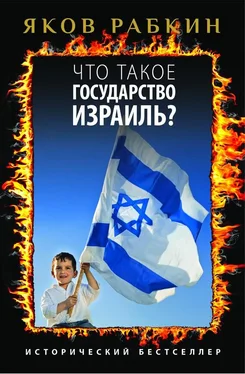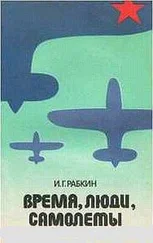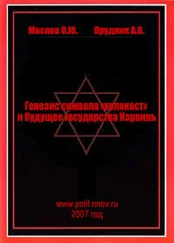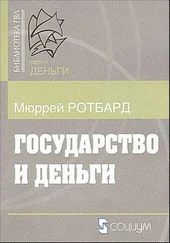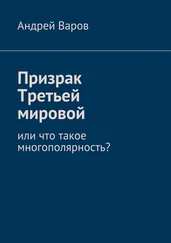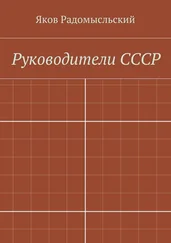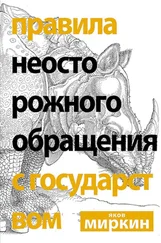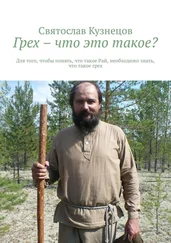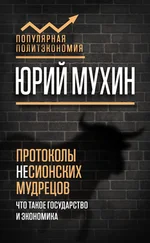Шломо Авинери , цит. по: Zionism and Religion. Op. cit. P. 3.
Berend I . History derailed: Central and Eastern Europe in the long nineteenth century. Berkeley: University of California Press, 2003. Chap. 2.
Чтобы понять исторический контекст, в котором возникла эта литература, см.: Aberbach D. Revolutionary Hebrew, Empire and Crisis: Four Peaks in Hebrew Literature and Jewish Survival. New York: New York University Press, 1998.
Mendes-Flohr P.R., Reinharz J. (eds.). The Jew in the modern world: a documentary history. New York: Oxford University Press, 1995. P. 83.
Неологизм «галути», то есть «относящийся к изгнанию, диаспоре», отражает презрение к жизни в диаспоре, представленной как жизнь без корней и национальной гордости. Термин был внедрен в современный иврит двумя весьма националистическими авторами: Итамаром Бен-Ави, сыном Элиэзера Бен-Иегуды, и Ури Цви Гринбергом. Его можно сравнить с понятием «безродные космополиты», которое было введено в России во время сталинских антисемитских преследований и также имело резко отрицательную коннотацию, хотя и более ограниченную, нежели ивритский «галути».
Saposnik A.B. Becoming Hebrew: the Creation of Jewish National Culture in the Ottoman Palestine. Oxford: Oxford University Press, 2008. P. 269.
Ренан Э. Что такое нация? // Ренан Э. Собрание сочинений в 12-ти томах / Перевод с французского под редакцией В.Н. Михайловского. Киев, 1902. Т. 6.
Chaver Y. What Must be Forgotten: the Survival of Yiddish in Zionist Palestine. Syracuse (NY): Syracuse University Press, 2004. P. 16–17.
Masalha N. The Bible and Zionism: Archeology and Post-Colonialism in Palestine-Israel. London: Zed Books, 2007.
Steiner T.Y. Pedouyoth Tuvya. Bnei-Brak: s.n., 1996. P. 37.
Parsha Pearls from the Words of the Gedolim // True Torah Jews. Brooklyn. May 2009.
Ellis M.H . Out of the Ashes: The Search for Jewish Identity in the Twenty-first Century. London: Pluto Press, 2002. P. 6.
Shapira E.S. Or la-yesharim. Warszawa, Meir Yehiel Alter et al., 1900. P. 56–57. Цит. по: Ravitzky A. Messianism. Op. cit. P. 4.
Ravitzky A. Messianism. Op. cit. P. 131–137.
Bartal I. Responses to Modernity // Zionism and Religion. Op. cit. P. 21.
Ben Gourion D. Israël, années de lutte. Op. cit. P. 132.
Hochberg G.Z. In Spite of Partition: Jews, Arabs and the Limits of Separatist Imagination. Princeton (NJ): Princeton University Press, 2007. P. 30
Zuckerman G. Yisraelit safa yafa. Tel-Aviv: Am Oved, 2009.
Иерусалимский Талмуд. Трактат «Брахот» (2, 8) содержит такое упоминание: «Мать издевается над человеком, а мачеха осыпает его почестями – куда ему пойти?» Речь идет о мудреце, к которому плохо относились в Земле Израиля, но с почетом приняли в Вавилоне. Несмотря на заключенную в истории иронию, ссылка на нее используется в книге «Эм а-баним семеха» («Радуется мать детей») – страстном призыве к переезду в Палестину, написанном во время Второй мировой войны: Teichtal Y.S. Restoration of Zion as a Response during the Holocaust. Hoboken (NJ): Ktav, 1999. P. 33–36, 192–203. В ней призывают «покинуть землю Изгнания и вернуться в объятия матери – Земли Израиля» (p. 229).
«Для нас “Эрец Исраэль” – это не родина… Невозможно представить, что простое обладание Землей Израиля делает нас нацией», – писал раввин Вассерман (цит. по: Sorasky A. Reb Elchonon. New York: Mesora Publications, 1996. P. 224).
Chaver Y. What Must be Forgotten: The Survival of Yiddish in Zionist Palestine. Syracuse (NY): Syracuse University Press, 2004. P. 40.
Saposnik A.B . Becoming Hebrew: The Creation of Jewish National Culture in the Ottoman Palestine. Oxford: Oxford University Press, 2008. P. 252.
Циркулярное письмо, разосланное русским раввинам Раввинским судом Иерусалима. Йосеф Сальмон , цит. по: Zionism and Religion. Op. cit. P. 28.
Eraqui-Klorman B-Z. Yemen // Simon R.S., Laskier M.M., Reguer S. (eds.). The Jews of the Middle East and North Africa in modern times. New York: Columbia University Press, 2003. P. 406.
Peres S., Landau D. Ben-Gurion: A Political Life. New York: Schocken Books, 2011. P. 83.
Heller M. La machine et les rouages: la formation de l’homme soviétique. Paris: Calmann-Lévy, 1985.
Sternhell Z. Aux origines d’Israël. Op. cit. P. 55.
См., например: Menahem N. Israël: tensions et discriminations communautaires. Paris: L’Harmattan, 1986.
Efron N. Trembling with Fear: How Secular Israelis See the Ultra-Orthodox, and Why // Tikkun. 1991. Vol. 6. № 5. P. 15–22, 88–90.
Ibid. P. 16, 18–19.
Передовая статья // Haaretz «Musaf» Elul. 1943. 5703.
Malraux A. Préface // Lazar N., Izis, Neher A. Israël. Lausanne: La Guilde du livre, 1955. P. 9.
Rose J. The Question of Zion. Princeton (NJ): Princeton University Press, 2005. P. 91–92.
Falk R. Zionism, Race and Eugenics // Cantor G., Swetlitz M. (eds.). Jewish Tradition and the Challenge of Darwinism. Chicago: Chicago University Press, 2006. P. 150.
Ibid. P. 155.
Читать дальше
Конец ознакомительного отрывка
Купить книгу
